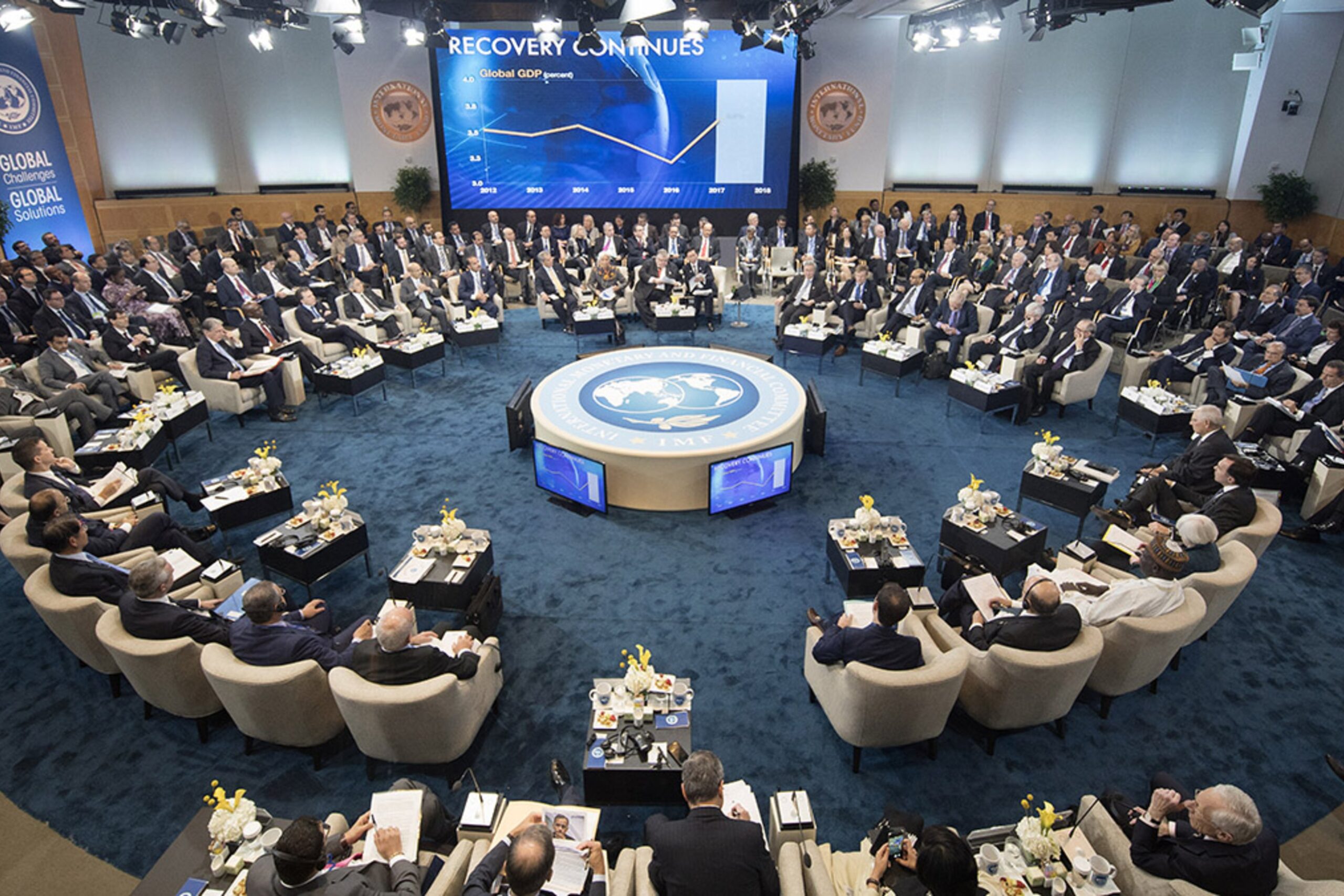RBZ cuts interest rates
THE Reserve Bank of Zimbabwe (RBZ) has slashed interest rates by 50 percentage points and increased the portion of earnings that exporters can keep in foreign currency to 75% from 60% previously.
The announcement was made in the central bank’s February 2023 monetary policy statement (MPS) released yesterday.
“Export retentions have been increased and standardised at 75% across all sectors, including firms listed on the Victoria Falls Stock Exchange,” central bank governor John Mangudya said as he unveiled a broad range of policy changes to stabilise the economy.
The remainder is taken by the RBZ and given to exporters in Zimbabwe dollar at prevailing official exchange rate.
“Foreign currency retention on domestic sales in foreign currency has been increased to 75%. The foreign currency retention thresholds on exports and domestic FCAs [foreign currency accounts] are key to influencing export earnings and the build-up of foreign currency reserves for the country. The bank always strives to set the thresholds at levels that strike a balance between the promotion of production of exports and export earnings, and the accumulation of foreign reserves. Given this positive development, the incremental export incentive scheme is suspended for ease of administration,” Mangudya said.
Industries had complained that low retention thresholds were affecting operations.
Confederation of Zimbabwe Industries president Kurai Matshedza said while they had lobbied for higher retentions, firms were happy with the moves made by the RBZ.
“This is an effort to accommodate requests from industries. We had asked for more but this is a step in the right direction,” he said.
The RBZ also slashed its policy rate to 150% and undertook to trim it further to double digit levels in line with inflation expectations.
Zimbabwe had the highest inflation rate of 200% before yesterday’s cuts, which came as industries warned of massive production slowdowns if borrowing costs remained at three-digit figures.
Still, at 150%, the cost of money in the country remains one of the world’s highest.
Policy rates across global markets have been trending between single- and double-digit ranges.
Analysts warned last night that capital flows to industries would remain constrained as firms avoid piling expensive debts onto their balance sheets.
The policy rate had been pegged at 200%, from 120% previously, since mid-2022, as the central bank battled to control spending and inflationary pressures.
On Monday, the Zimbabwe National Statistics Agency said the annual inflation rate fell to 229% in January, from 243% in December.
But it still remained the highest such rate in southern Africa, and among the world’s worst.
Mangudya said interest rates would be slashed further to between 30% and 60% by the end of the year.
The Finance ministry has already projected annual inflation to slow to double digit range at the end of this year.
“Bank policy rate (has been) reduced from 200% to 150% per annum, to align with the inflation outlook. The prevailing bank policy rate maintained as the minimum lending rate for all banks,” Mangudya said as he laid out a broad range of rate cuts to ameliorate Zimbabwe’s long-running economic crisis.
“Policy rates are expected to be aligned to the implied Zimbabwe dollar inflation path and end the year 2023 between 30%-60%,” the RBZ chief said.
“The lending rate on the medium-term bank accommodation facility for the productive sectors, including individuals and MSMEs [micro, small and medium enterprises], (has been) reduced from 100% per annum to 75% per annum. Minimum deposit rates on savings and time deposits (have been) adjusted to 30% and 50% per annum, respectively.”-newsday









